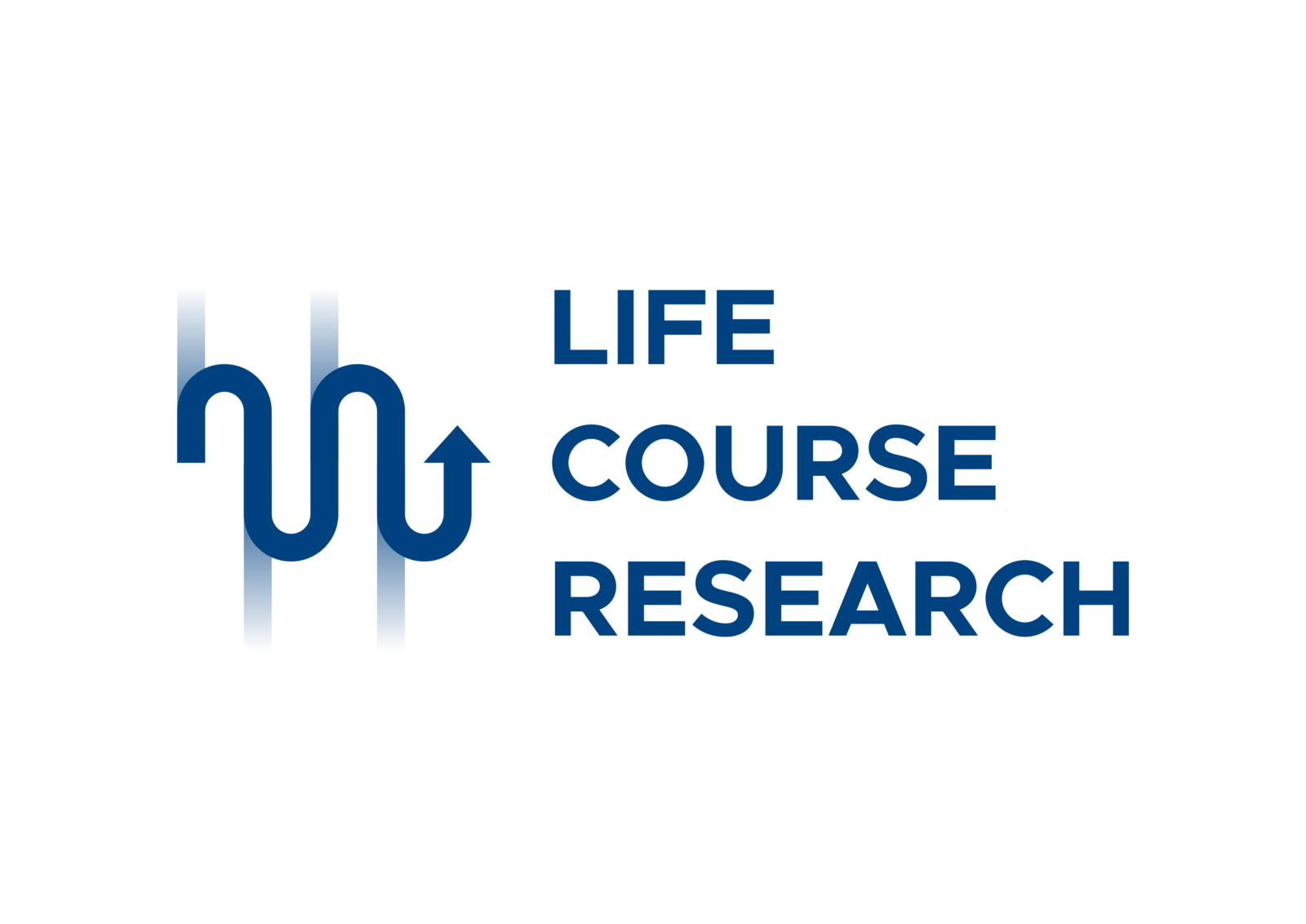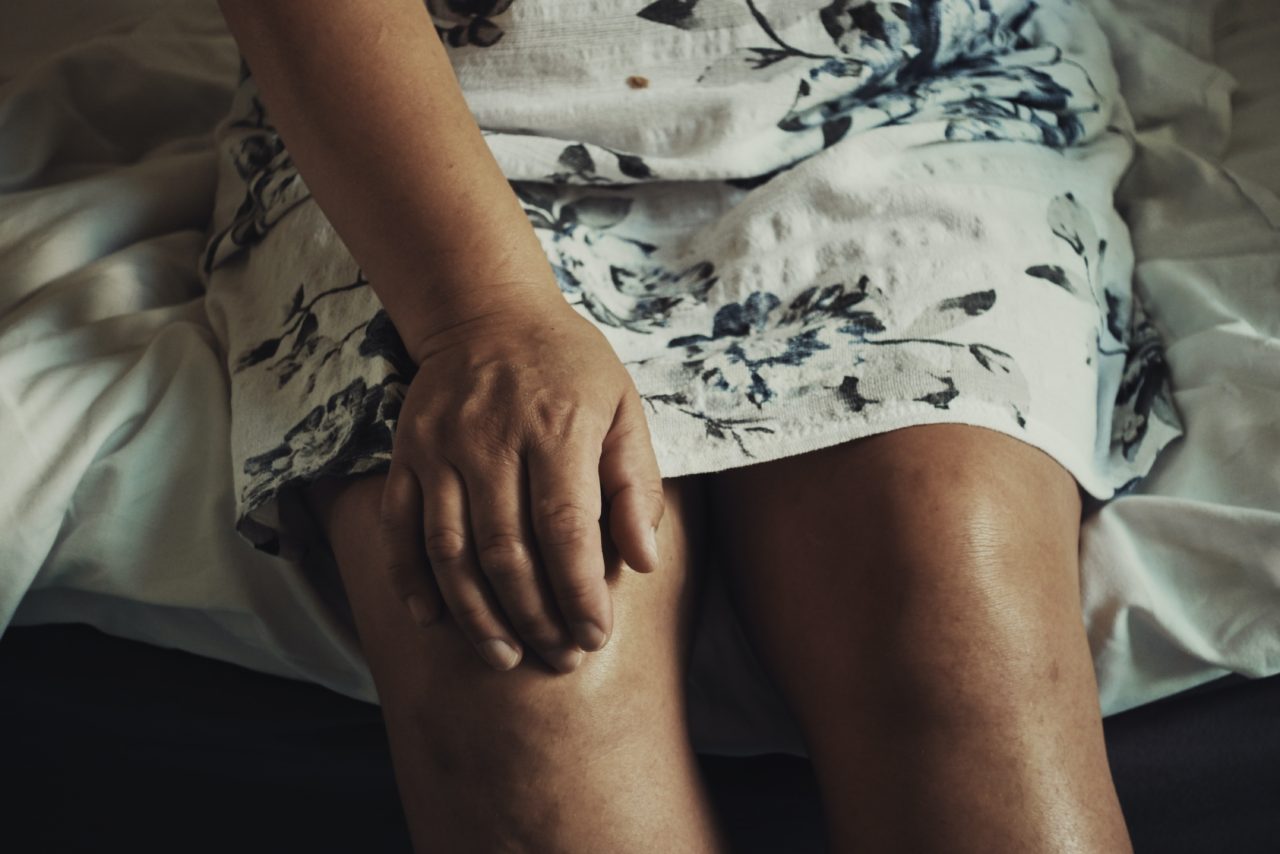References
Palmer RM. The Acute Care for Elders Unit Model of Care. Geriatrics (Basel). 2018 Sep 11;3(3):59. doi: 10.3390/geriatrics3030059. Fox, M. T., Persaud, M., Maimets, I., O’Brien, K., Brooks, D., Tregunno, D., & Schraa, E. (2012). Effectiveness of acute geriatric unit care using acute care for elders components: A systematic review and meta‐analysis. Journal of the American Geriatrics Society, 60(12), 2237-2245.
At a glance
The Acute Care for Elders (ACE) model is an innovative tool for elderly care designed to prevent disabilities and independence loss in daily life activities associated with hospitalization following an acute event. Health outcomes are improved through the application of four multidimensional key elements: i) person-centered care provided by nurses in collaboration with an interdisciplinary team; ii) a physical environment designed to promote the health and physical function of the person being assisted; iii) revision of medical prescriptions to ensure best quality treatment plan and clinical governance; and iv) an early discharge plan, already defined at the beginning of the hospitalization, drawn up by an interdisciplinary team.
What is already known
The initially developed model was based on the concept of dysfunctional syndrome, which was later on better defined as hospitalization-associated disability. This model predicted the predisposition to functional decline among the elderly due to compromised homeostatic abilities and the coexistence of multiple chronic diseases. Indeed, older people almost inevitably suffer from a series of age-related health conditions, such as decrease in muscle mass (i.e., sarcopenia), strength and balance, and often present with cognitive disabilities, which may all contribute to worsening their health status once they are hospitalized. However, many harmful consequences of these poor health outcomes, such as falls and related fractures, delirium and urinary catheterization-related infections, could be prevented.
Efficacy
Hospitalization can increase the risk of functional decline of elderly patients, often leading to disability or dysfunctionality—either temporary or permanent—of the latter. Among others, determinants of functional decline include the presence of a perceived hostile environment, malnutrition, immobility and reduced physical functionality. In this scenario, the ACE model sets out general principles for the creation of an environment that allows patients to achieve greater mobility and autonomy in their daily life activities and self-care, while favoring socialization. In this regard, a recent systematic review and meta-analysis by Fox et al. (2018) has shown how the introduction of an “ACE unit” can reduce the frequency rates of patient falls and delirium, the length of stay, the functional decline at discharge and the number of discharges to a nursing home, thereby lowering healthcare costs.
Limitations
With regard to the Italian healthcare system, the main obstacle to the implementation of the ACE model is represented by the endemic structural limitations affecting the majority of our hospital centers. Another critical aspect may be the initial economic investment required to create functional ACE units within the healthcare setting. Having learned the basics of the model, a case-by-case assessment is therefore recommended to determine the best solution for an effective implementation of the program, within the limitations of the available resources. With regard to the model adopted, alongside the environmental changes, a cultural change should be also triggered by shifting from a multidisciplinary to an interdisciplinary care model. This transformation could be successfully achieved through a step-by-step process accompanied by effective training of healthcare workers.
Future perspectives: The ACE project in Alessandria
In recent months, we at UPO Aging have started a project aimed to create and implement an ACE unit at the SS. Antonio e Biagio e Cesare Arrigo Hospital of Alessandria. This project, which involves all the main health stakeholders of Eastern Piedmont, will provide citizens with a center of excellence for the care of elderly people in need of hospitalization following an acute event. This model, and especially its interdisciplinary nature, could also be transferred to contexts other than geriatric and hospital settings. For further information contact the author daiana.campani@uniupo.it
Edited by Daiana Campani




